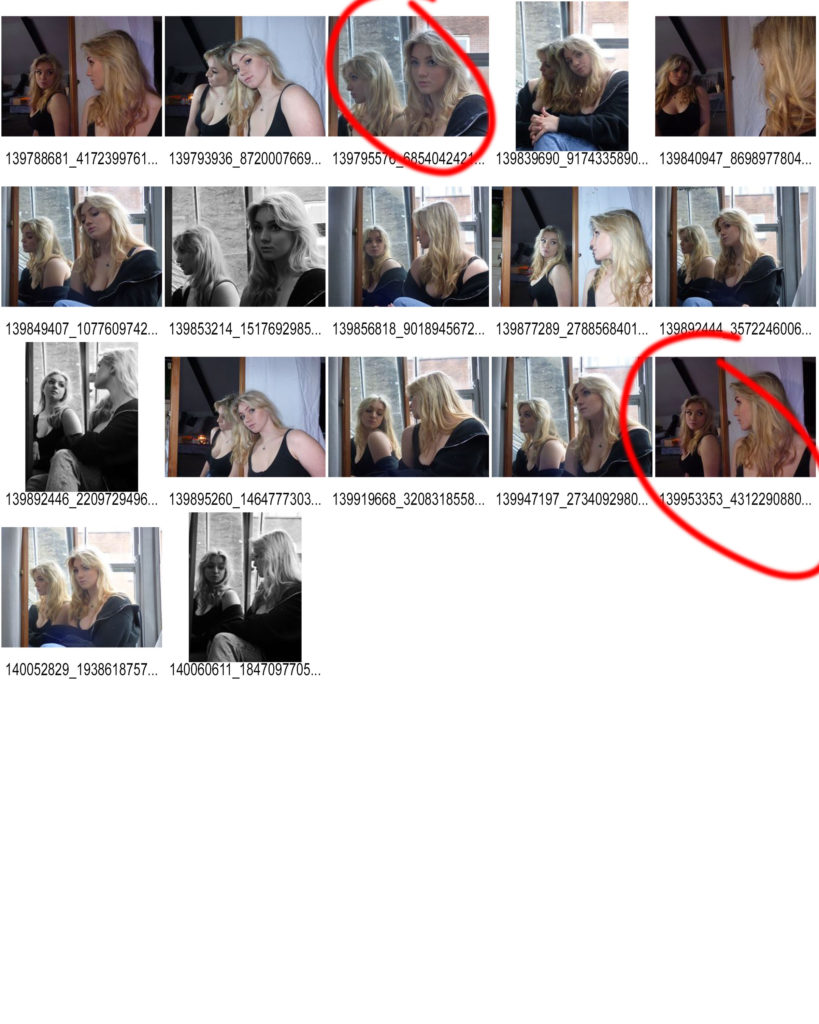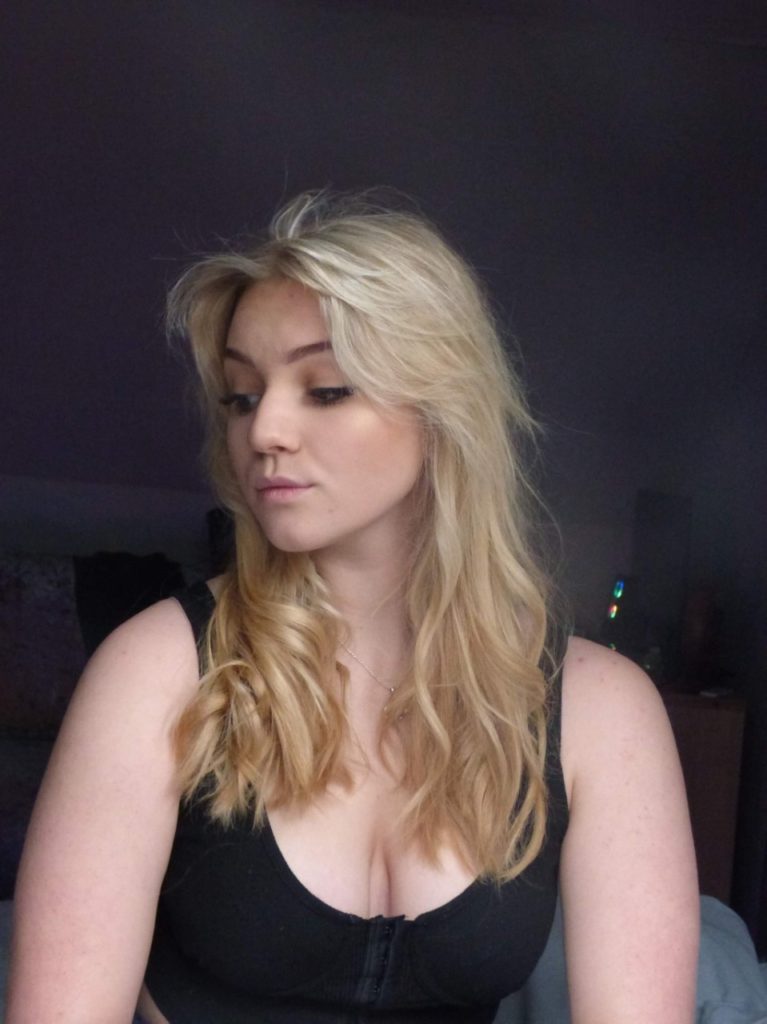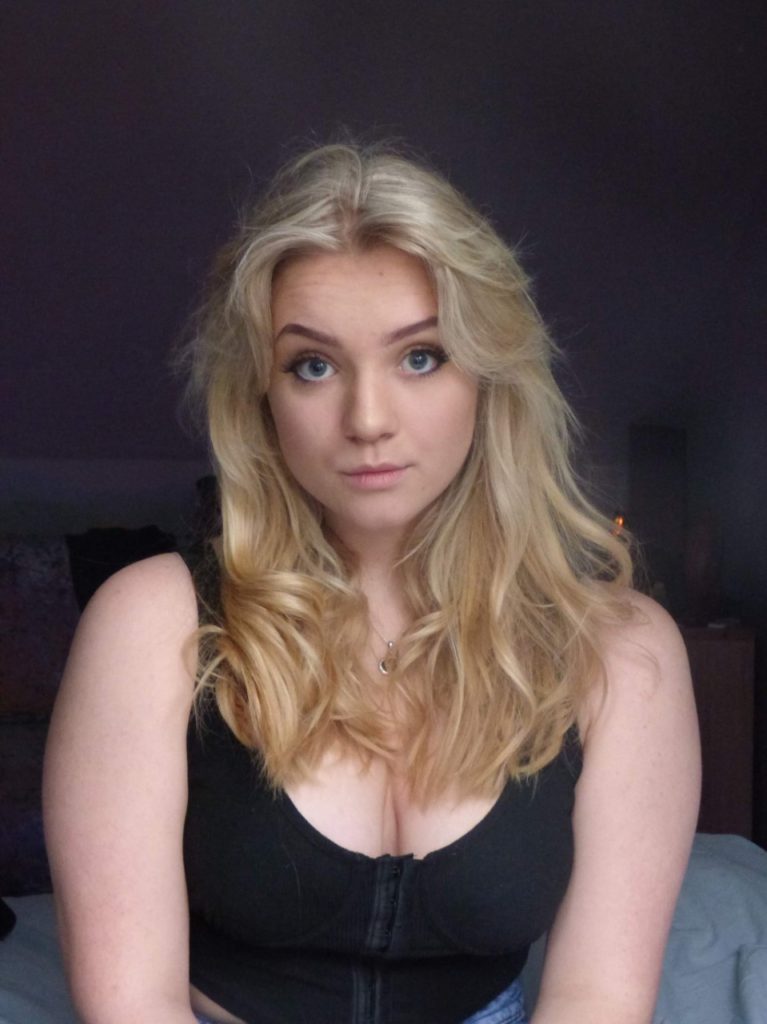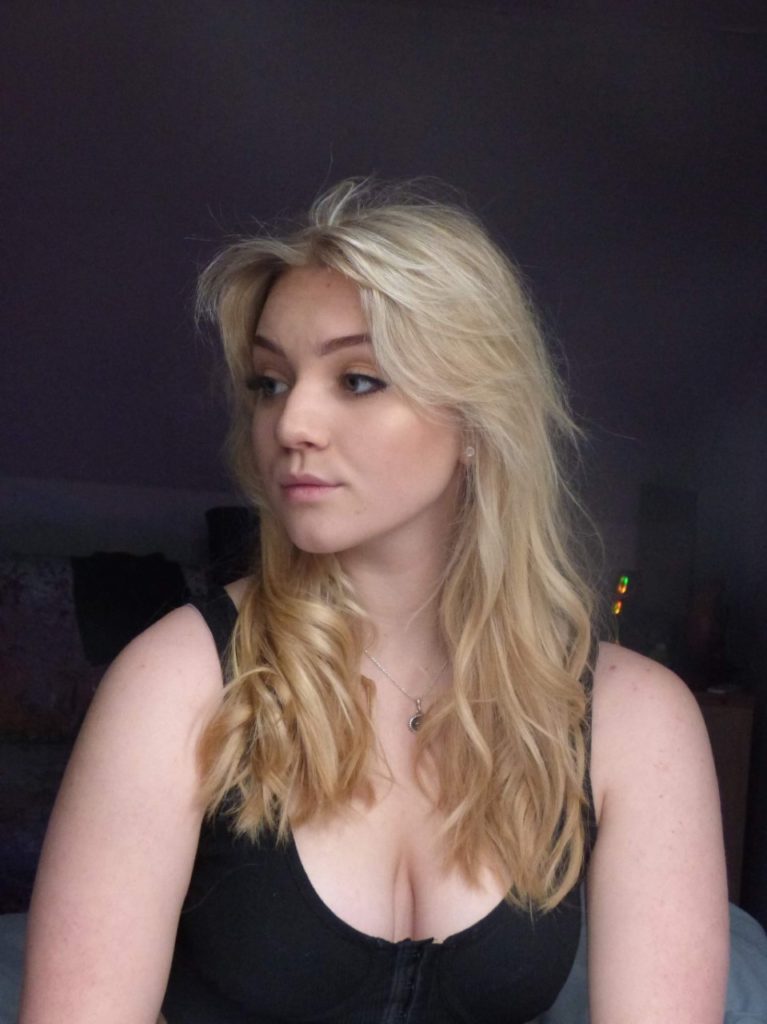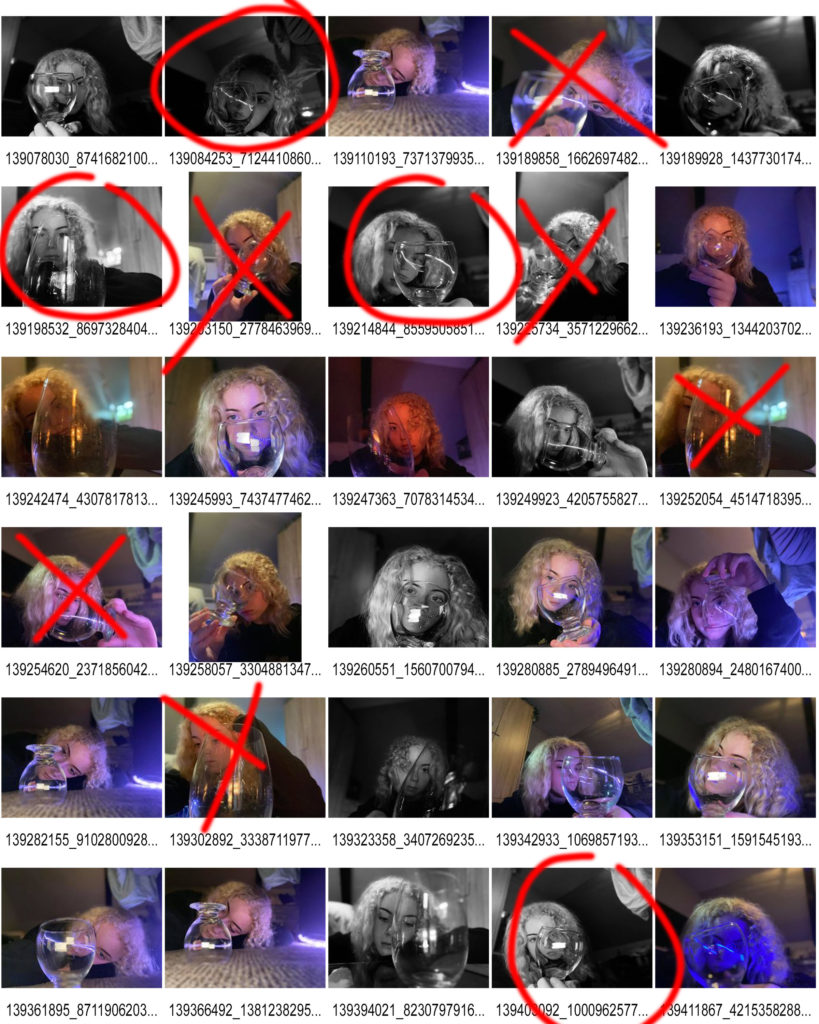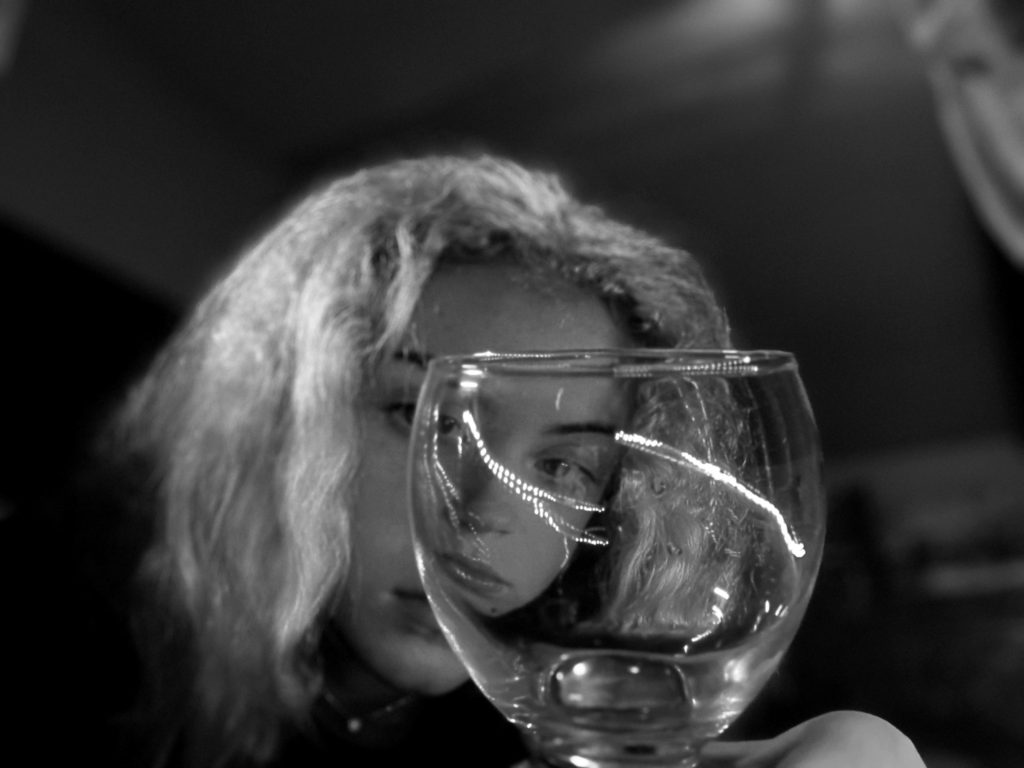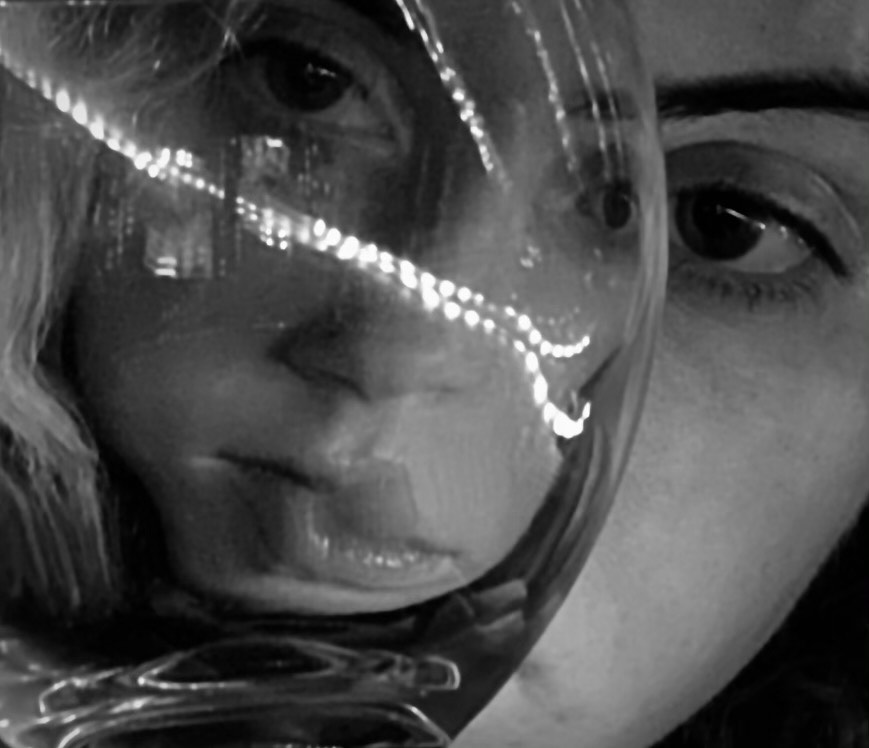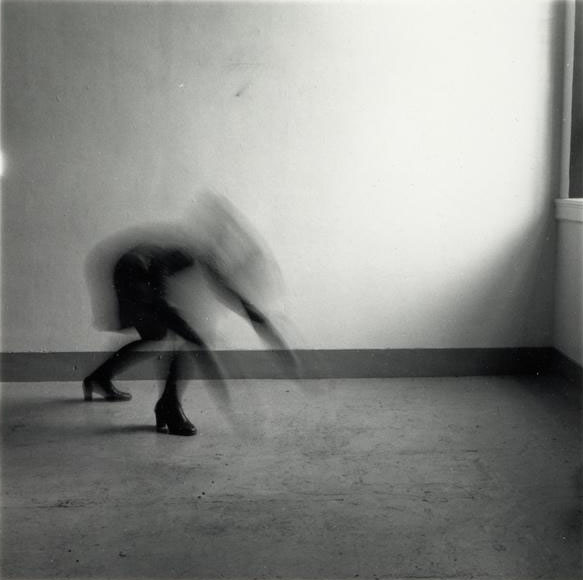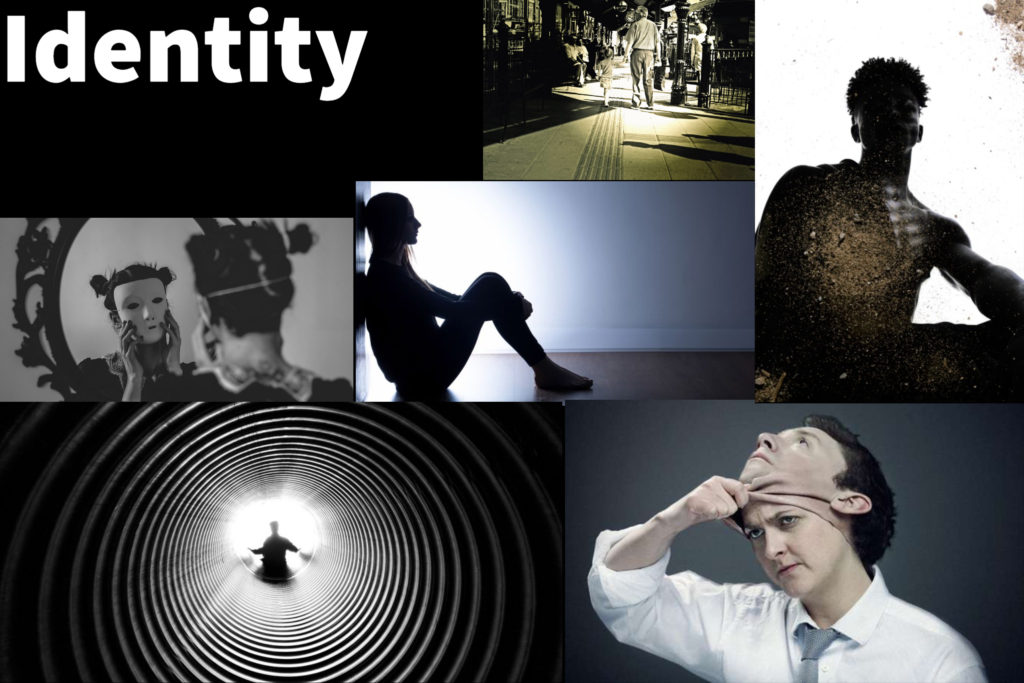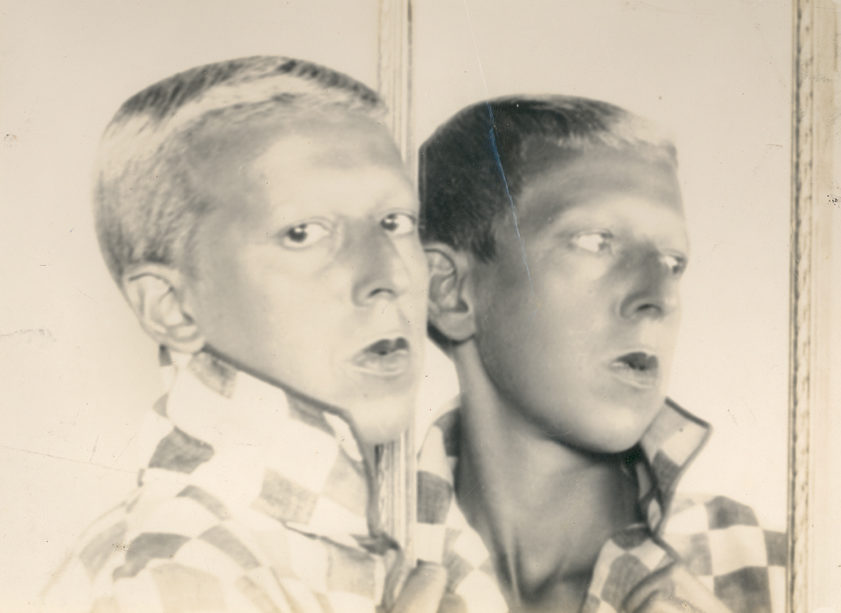During the 5 year occupation of Jersey by the Germans during the second World War, amongst many terrible things that happened, many antagonists where deported to camps or imprisoned. 75 years ago the island was liberated by allied forces. The last antagonist prisoners to walk free days before the liberation were the Les mesdames who are regarded as local heroes for contributing to the liberation of Jersey.
Lucy Schwob better known by their pseudonym, Claude Cahun was the better known half of the Les mesdames, which was the name that Jersey islanders gave her and her step-sister/lover Suzanne Malherbe (known by her pseudonym Marcel Moore).
Claude came to Jersey from Paris with Marcel in 1937. The couple sought Jersey out for two reasons; because of the jubilant memories of childhood holidays to the neighbouring island, and it was a familiar place to escape the abhorrent fascism and antisemitism that was terrorizing Europe in the ’30s as Claud was Jewish on her fathers side.
Cahun was a French surrealist photographer, writer, and sculptor. A consistent element present in her work is her unconventional exploration and representation of the concept of Identity. Claud explored her identity in a way where she challenged preconceived notions of sexuality and gender of the time. Claude presented this in her works where she would photograph self portraits where stereotypical gender characteristics where aggravated, for example the following piece where she can be seen composing her appearance as a masculine “circus strongman” while still conveying typical feminine appearance stereotypes such as the bold lipstick:

Cahun believed that gender was exchangeable. Assuming different identities was her strong suit.

In the above image Claude represents the idea of multiple coexisting personalities by photographing a self portrait by creating a double exposure which is done by shooting an image on film and then shooting another with the subject repositioned on the same segment of film. She has used harsher fluorescent lighting in this image which has created a over-exposed, porcelain looking facial composure whilst accentuating the shadows around her jaw eyes, this could’ve been a way of exploring her identity by ridiculing the identity she was portraying by exaggerating the stereotypical feminine beauty aesthetic of the time being the over-powdered face and eccentric makeup. She also creates greater depth and form in the composition by separating the subject from the background by using a dark negative background and high contrast which opposes the light foreground giving the image an unconventional portraiture look.



